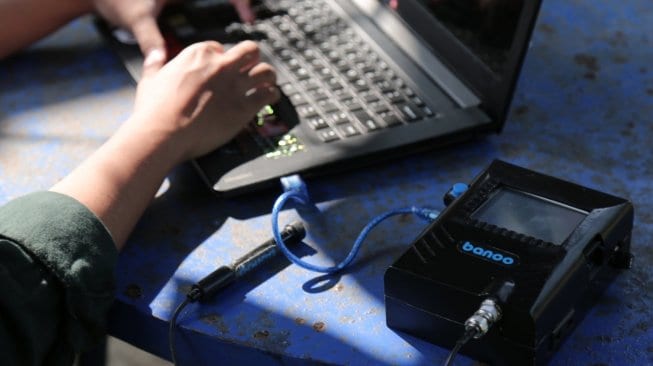
The Banoo Team from Gadjah Mada University (UGM) was chosen as the People’s Choice Award Winner in the 2019 Cisco Global Problem Solver Challenge competition.
They defeated thousands of project proposals by young innovators from various parts of the world. The IoT-based fisheries technology innovation, named Banoo, was born from the hands of five young UGM innovators.
Banoo is an IoT-based technology innovation and renewable energy to empower fish farmers in Indonesia, especially in regions that agree and realize the Sustainable Development Goals (SGD).
The innovation they developed began with an evaluation of seeing aquaculture in Indonesia that was not optimal because the fish culture system was still conventional and developed.
This Banoo technology innovation can build a more efficient, intensive and inclusive fisheries aquaculture ecosystem that can improve the welfare of fish farmers.
Banoo created microbubble generator technology to improve the quality of pond water with the help of Internet-of-Things (IoT), a sensor that functions to activate the microbubble generator automatically.
Microbubble generator technology is able to increase the amount of dissolved oxygen in the water thereby increasing the amount of fish that can be accelerated, shortening the harvest period and increasing fish yields.
In addition, Banoo uses renewable energy sources from solar panels. That way this tool can be used throughout Indonesia, even in rural areas that do not have access to electricity. As for the engine pump, it uses a low power of 85 watts for electricity consumption. Sensor. Measurement of temperature of dissolved oxygen in the air. When the oxygen level decreases it will send a signal to turn on the microbubble generator.
We set the sensor to activate the microbubble generator at the threshold of 8.0 ppm. So for example dissolved oxygen levels in the 5.0 ppm pool will send a signal to the microbubble generator to be activated and have returned to 8.0, then the tool will turn off automatically.
![]()
![]()
![]()
![]()
![]()
![]()

